The First Woman to Race in the All Japan Grand Touring Championship Drove a Toyota Cavalier
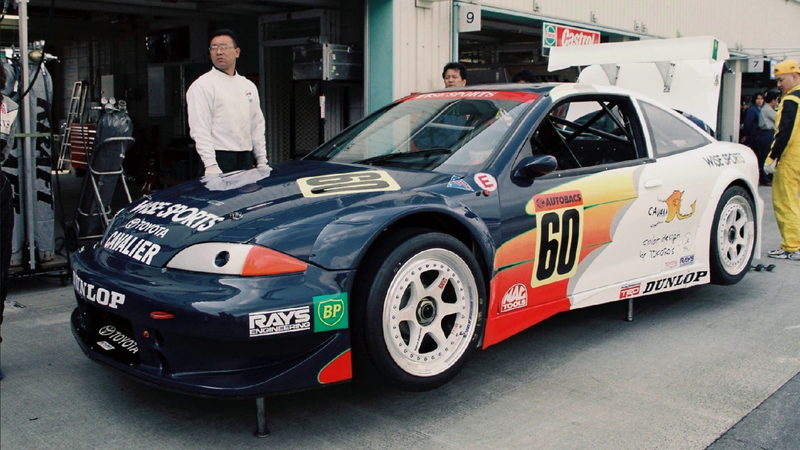
In August of 1997, it was not unusual to see women in the paddock at Japan’s premiere racing championship. Far from it: You could hardly miss them, decked out in vinyl miniskirts and improbably high-heeled boots, their umbrellas and crop-tops emblazoned in racing-team colors. One woman, though, was clad in Nomex. She got behind the wheel and blew the doors off a couple Porsche 993 RSRs — Kumi Sato, in a rebadged Chevy Cavalier.
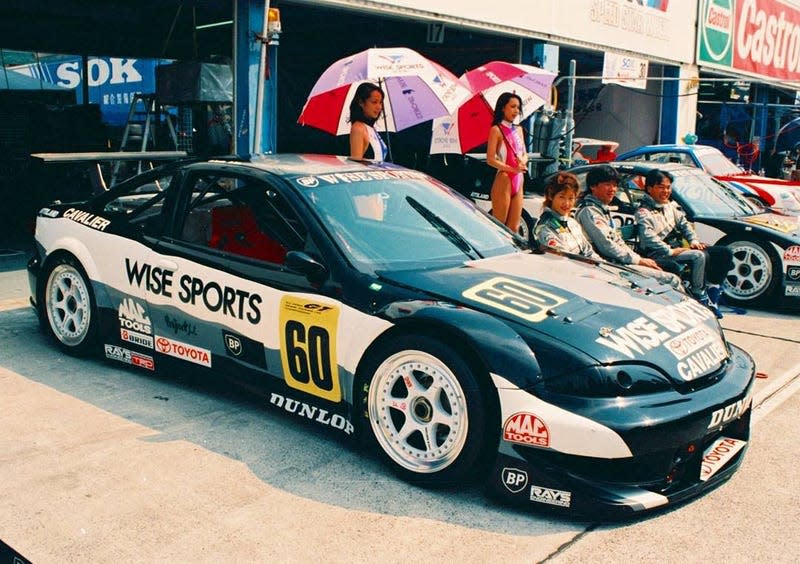
Driver Kumi Sato, seated next to the Toyota Cavalier that helped launch her racing career.
The All Japan Grand Touring Championship (JGTC) ran for a little over two decades, lasting until 2004. In that time, it encompassed the fading golden era of the Japanese motoring industry, Supras and Skylines and NSXs going to war. You’d occasionally get supercars from other countries in the top-tier GT500 class — a McLaren F1 won the championship in 1996 — but the lower GT300 class was where the real fun was being had.
Read more
Super GT, the modern equivalent of the JGTC, still uses these two classifications, and it’s wonderful fun to watch. First, the spectator experience in Japan is a bit different from what you see in other countries. Fans root for their chosen teams no matter how they’re performing, and the races have a distinctly family-friendly atmosphere. There are separate pit-walks meant for young children and their parents, with team mascots and open access to the drivers.

At the GT500 level, you declare your allegiance to Nissan or Toyota or Acura and watch the spec-built juggernauts slug it out at the front of the pack. In GT300, you can root for a Mercedes-AMG with a turquoise-haired anime witch on the side. Or a Subaru BRZ running basically an open-class WRC turbo engine. Or a V8-powered Prius GT.
Having watched said V8 Prius make a daring pass on a Lamborghini Huracan at the Motegi circuit a few years back, while eating deep-fried mozzarella on a stick, I can highly recommend putting a Super GT race on your bucket list. It is great fun, delightfully weird, slightly confusing, and thoroughly exhilarating. The thing is, the old JGTC was all of those things, just more.
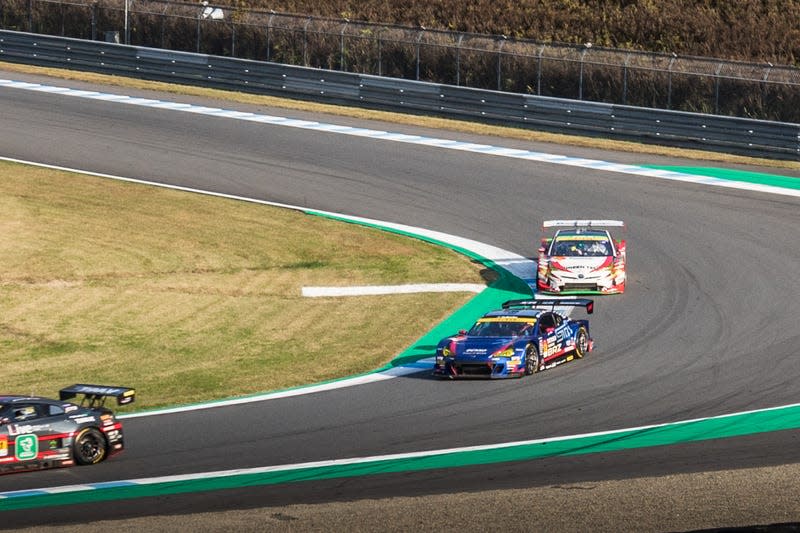
Consider the lineup at that August 1997 race. You had the Castrol-liveried Mk IV Supra that won outright, but also a Diablo GT-R campaigned by the Japanese Lamborghini Owners Club, a Dodge Viper, and a Ferrari F355. By the end of the JGTC era, you could watch side-piped Ferrari Maranellos mixing it up with Nissan 350Zs running 4.5-liter V8s.
But by far the weirdest competitor of them all was the car that racer Kumi Sato drove in her debut in the series. The first female driver to compete in JGTC, she would go on to have a long career racing Toyotas, joining the factory Gazoo Racing team, competing in the 24-hour Nürburgring endurance race, and rallying in a GT86.
Sato started her competition career in what may well be the worst Toyota ever made. Or at least the most cynical. Take one well-known silhouette of mediocrity, ship it across the Pacific, and fit it with a badge it has no right to wear. Voila: A right-hand drive version of the third-generation Chevy Cavalier, its bowtie badge swapped for Toyota insignia.
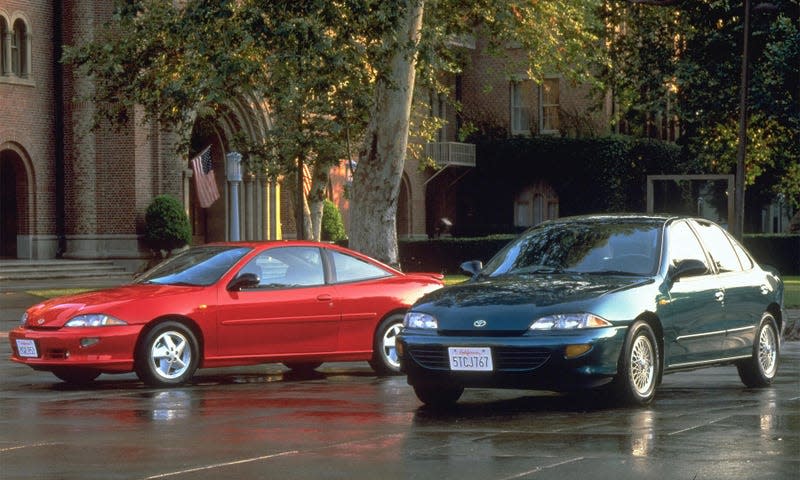
Now, before we bestow an Edmond Honda hundred-hand slap on the Toyota Cavalier, let’s agree that the Chevy Cavalier probably doesn’t deserve all the abuse it gets. The last time you saw one, it probably had mismatched tires, cigarette burns on the seats, and duct-tape bodywork from the fine folks at 3M. The Cavalier wasn’t actually that bad — it’s just reached the stage where nearly every example you see is old, neglected and nearly used up.
Growing up in a smaller, semi-rural town, second-hand Chevy Cavaliers and Pontiac Sunfires were typical high-school hand-me-down cars. Better than nothing, and a relatively economical way to get to school or work. The Kirkland toilet-paper multi-pack of cars: hardly exciting, but necessary. Anyone who could stretch the budget a little further ended up in a Camaro, Mustang, or body-kitted Civic; the General’s J-body compacts languished in a sort of enthusiast no-man’s-land.
But wait! Straight outta Ohio and bound for midnight shenanigans on the Wangan-sen, it’s the Toyota Cavalier. “A concept from the country that knows all about driving pleasure,” boasted ads for the Toyota-badged Chevy. Surely Japan would flock to American-style motoring as the country had adopted Levis and Coca-Cola.

Uh, no. There is a long history of American cars selling to Japanese enthusiasts: Full-jam Mustang Mach 1s were officially exported to Japan in small quantities, and one was even used by the Toichigi highway patrol as a high-speed pursuit car. The infamous Racing Team Mid Night was born out of something called the American Car Club. In the earliest days of Mid Night, street racers ran the Tomei expressway in Firebirds and Camaros.
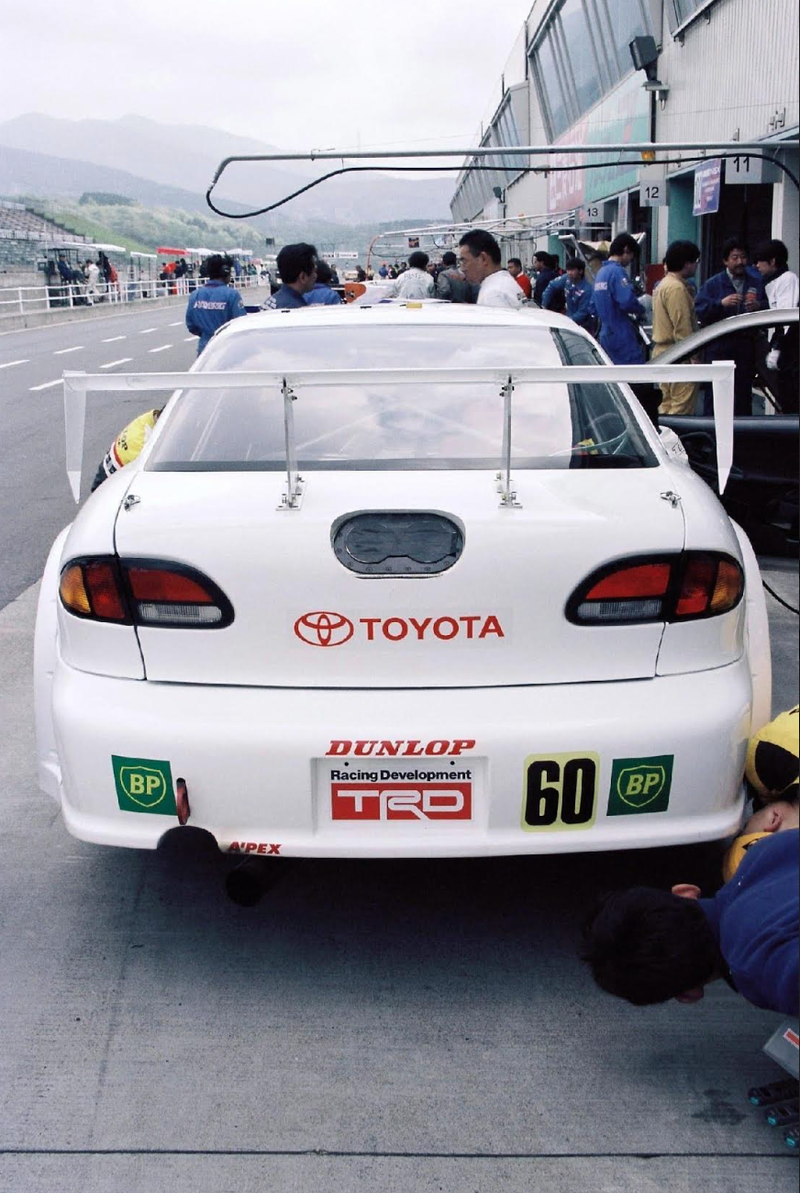
The Toyota Cavalier wasn’t even remotely similar. It was an American attempt to copy Japanese economy cars, and the changes made to sell it in Japan were relatively few. It had longer pedals to accommodate shorter drivers, legally required changes to exterior lighting, and obviously all were right-hand-drive. For some added zest, the engine chosen was the Z24's 2.4-liter, 150-hp LD9 four-cylinder. For added, uh, non-zest, they all got the four-speed automatic transmission. To spice things up, you could order an 11-piece TRD body kit. On the whole, Japanese consumers wanted nothing to do with this non-Toyota.
In retrospect, Toyota’s plan seems to have been a ploy to cut the legs out from under U.S. trade hawks. With Japanese imports dominating the compact market in North America, it was clever politics to suggest America could just as easily sell its cars in Japan. The Toyota Cavalier experiment ended in March of 2000, with just 36,216 examples sold over half a decade.
But it was sold in Japan. And — perhaps as a halfhearted way for Toyota to demonstrate its commitment to the Cavalier, a couple of examples found their way to the JGTC racing series, fitted with Bomex widebodies, caged-up and ready to go racing.
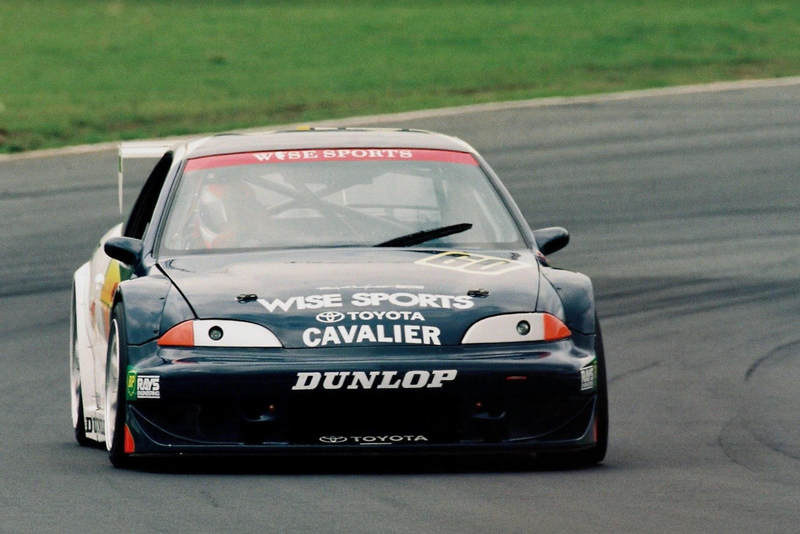
These Cavaliers were still front-wheel drive, but the Quad 4 engines were long gone. In their place went Toyota’s 3S-GTE turbo four-cylinder, the one found in the Japanese-variant second-gen MR2. Power output was cranked to around 330 hp, the cars ballasted and restricted to meet GT300's roughly 300-hp cap.
It cannot be stressed enough how bonkers this idea was. At a race in August 1998, the Kraft racing team took its front-drive Toyota Cavalier and beat two Skylines, a 911 GT2, and a frickin’ Lamborghini Diablo GT-1. Was every American owner of a primered Cavalier Z24 actually onto something?
Sadly, no. The Toyota Cavalier was never reliable enough as a racing machine to claw its way up the list. Sato managed a very respectable fourth-in-class finish at Miné Circuit in 1997, her second race. It’s the best any woman racer has managed in Super GT.

That Kumi Sato did this well in a car that was hardly competitive only underlines her skill. It elevates a footnote of automotive history from quirky fact to genuinely impressive feat. Her second race. One of just four front-drive cars ever entered in JGTC/Super GT. The beginning of a long, impressive racing career.
As in most motorsports, women are still underrepresented in Super GT racing. But Kumi Sato and her Toyota Cavalier were competitive proof of change to come. Her Cavalier shouldn’t really have been there. But she, and racers like her, absolutely earned their place.
More from Jalopnik
Sign up for Jalopnik's Newsletter. For the latest news, Facebook, Twitter and Instagram.

 Yahoo Autos
Yahoo Autos 